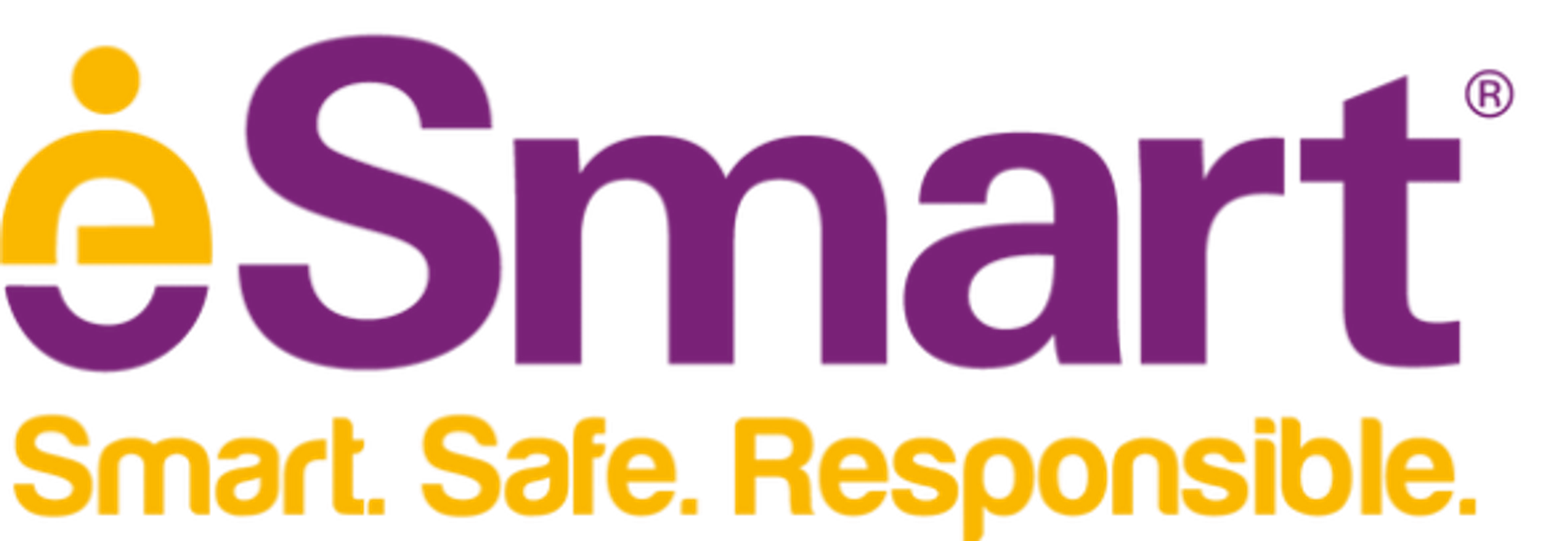E-smart: Getting your Digital Licence
Creating Futures Together

E-smart: Getting your Digital Licence
Creating Futures Together
Artificial intelligence (AI) is the development of computer systems that can perform tasks that traditionally needed human brainpower. Generative AI ‘learns’ from the instructions it receives and from analysing large amounts of existing content. Then it produces new material in response to prompts.
People use generative AI to create all sorts of things: essays, cartoons, videos, emails, song lyrics, voices, artworks, even realistic ‘conversations’ with chatbots.
Despite the many positives of generative AI, it raises risks for the community. There have been some distressing reports of children using generative AI technologies to create degrading images of their peers.
As generative AI spreads and becomes more sophisticated, there are risks that it may be used to harm children in various ways.
Deepfakes are one such risk – a rapidly rising form of generative AI. Deepfakes are when people create realistic looking but entirely fake photo or videos using AI. This content usually depicts a person saying or doing things that they haven’t done.
How generative AI and deepfakes can be used to inflict image-based abuse:
Unfortunately, there’s nothing new about online abuse. But there is a risk that generative AI could make it easier for people to target others in ways that are fast, realistic, and damaging. This intensifies the risk of children and young people being seriously harmed.
Firstly, we can build our own skills and knowledge. If we know the tech, our children are more likely to come to us with a problem. For example, we can:
Secondly, we can keep talking with our children about the risks and benefits of the digital world. For example, we can:
We can think in advance about what we would do if something went wrong. For example, if our children were the target of image-based abuse, we could:
Report to the authorities
Check out the Take It Down site
Check out the Take It Down site, which works with industry to get sexual images of children under 18 taken down from different sites.
Tighten security
Tighten security – e.g. block, mute or hide the person responsible and update your privacy settings, using the eSafety Guide.
If there has been blackmail or sextortion, cut contact with the person responsible and do not send them money, images or videos.
Keep evidence of what happened
Note the times, dates, websites, platforms and people involved. Take screenshots or photos of any online chats. (Do not take photos or screenshots of any intimate images of children under 18.)
It’s important to make sure your children understand that you recognise that this is painful for them, but there are things we can do to help resolve it. And ensure they understand that they are not to blame, even if they shared some images voluntarily to start with.
While there are many worrying things about generative AI, it’s not all bad. When generative AI is designed and used in positive ways, it can help to prevent online abuse. For example, some people are excited about the potential of generative AI to detect, flag and remove content on digital platforms which is abusive or threatening.
To learn more about how to approach tech conversations with your children and reduce their risk of exposure to online harm, visit our DigiTalk Hub.

